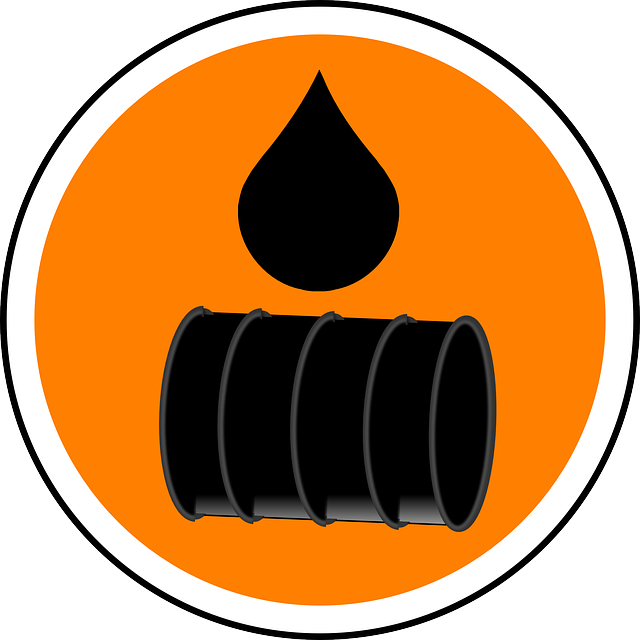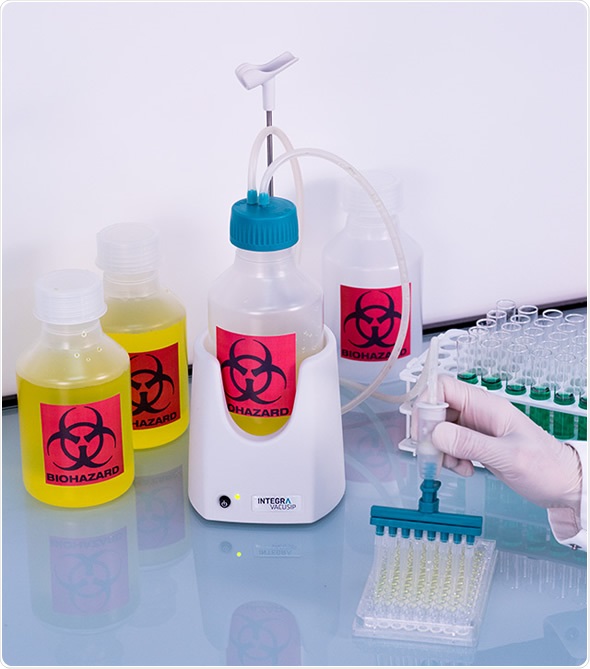Comprehensive Liquid Waste Disposal: Solutions for Houses and Businesses
Comprehensive Liquid Waste Disposal: Solutions for Houses and Businesses
Blog Article
How Fluid Waste Disposal Functions: A Detailed Introduction of Methods and Technologies Used

Review of Fluid Waste Types
The intricacy of liquid waste types demands a complete understanding of their qualities and ramifications for disposal. Liquid waste can extensively be categorized right into several kinds, consisting of industrial, municipal, farming, and contaminated materials. Each group exhibits unique residential or commercial properties, calling for specific monitoring approaches to mitigate environmental and health risks.
Industrial liquid waste originates from producing processes and often includes a variety of contaminants, such as heavy metals, solvents, and organic substances. Metropolitan liquid waste, mainly consisting of wastewater from families and industrial establishments, has natural issue, nutrients, and microorganisms (industrial wastewater treatment). Agricultural liquid waste, including drainage from ranches, may include fertilizers, chemicals, and animal waste, posturing dangers to water top quality and ecological communities
Hazardous fluid waste is characterized by its poisoning, sensitivity, or possible to create harm. Comprehending these diverse fluid waste types is important for creating reliable disposal methods and ensuring conformity with ecological guidelines.
Physical Treatment Techniques

Testing is the first step, where bigger fragments and particles are eliminated from the fluid waste utilizing displays or grates. This process shields downstream devices from damages and makes sure smoother procedure. Adhering to testing, sedimentation makes use of gravitational force to separate solids from fluids. In sedimentation tanks, larger bits clear up near the bottom, developing a sludge layer, while the cleared up fluid can be additional treated.
Filtration is one more essential method that involves passing the fluid with permeable products, such as sand or membranes, to record smaller fragments. This step enhances the top quality of the liquid, making it ideal for subsequent treatment processes.

Chemical Treatment Techniques
Chemical therapy strategies are crucial for properly taking care of fluid waste, specifically in addressing dissolved and colloidal impurities that physical approaches might not appropriately remove. These techniques use various chemical representatives to counteract, precipitate, or change harmful compounds right into less harmful types.
One typical method is coagulation and flocculation, where chemicals such as alum or ferric chloride are included in promote the gathering of put on hold fragments. This procedure improves sedimentation, allowing for less complicated removal of the resulting sludge. Furthermore, oxidation processes, using representatives like chlorine or ozone, are used to break down complicated organic substances and virus, making the waste safer for discharge or more treatment.
Neutralization is an additional important strategy, which readjusts the pH of acidic or alkaline waste streams to neutral degrees, stopping possible damage to downstream systems and the environment. Additionally, advanced oxidation processes (AOPs) make use of mixes of oxidants and ultraviolet light to weaken consistent toxins, achieving a greater level of treatment efficiency.
Biological Therapy Procedures
Biological treatment processes play an important role in the monitoring of fluid waste by making use of microorganisms to break down raw material and lower impurity levels. These processes can be broadly categorized into anaerobic and cardio therapies, each using particular microbial communities to achieve reliable waste deterioration.
Cardiovascular treatment involves the usage of oxygen to assist in the break down of natural materials by germs. This process is typically implemented in triggered sludge systems, where aeration storage tanks provide a conducive atmosphere for microbial growth, bring about the oxidation of organic toxins. The resultant biomass can be separated from treated effluent via sedimentation.
In comparison, anaerobic therapy takes place in the lack of oxygen, depending on various germs to break down natural matter. This method is particularly useful for high-strength waste, as it produces biogas, a renewable resource resource, while reducing sludge production. Technologies such as anaerobic digesters are regularly used in see post commercial and local applications.
Both cardio and anaerobic organic treatments not only lessen the ecological influence of liquid waste yet likewise assist in resource recuperation, making them crucial elements of lasting waste management techniques. Their efficiency, efficiency, and versatility sustain their extensive application across various industries.
Arising Technologies in Disposal
Ingenious techniques to fluid waste disposal are quickly evolving, driven by advancements in modern technology and a boosting emphasis on sustainability. Among these arising modern technologies, membrane layer bioreactors (MBRs) have gotten traction for their ability to incorporate organic treatment with membrane purification, resulting in top quality effluent that can be recycled in numerous applications. MBRs review enable smaller footprints and extra reliable operations contrasted to standard systems.
Another encouraging growth is using anaerobic food digestion integrated with nutrient recovery modern technologies, which not just deals with fluid waste but likewise creates biogas and recuperates beneficial nutrients like nitrogen and phosphorus. This double benefit boosts source performance and reduces environmental impact.
Furthermore, progressed oxidation procedures (AOPs) are being adopted for the destruction of intricate organic pollutants. These approaches use powerful oxidants and drivers to break down pollutants at the molecular degree, providing an extremely effective remedy for challenging waste streams.
Additionally, the assimilation of man-made intelligence and artificial intelligence in waste management systems is maximizing operational efficiency and anticipating upkeep, bring about decreased prices and boosted ecological compliance. These modern technologies reflect a significant shift towards more sustainable and efficient fluid garbage disposal techniques.
Verdict
In final thought, efficient liquid waste disposal necessitates a comprehensive understanding of numerous techniques and modern technologies. By constantly advancing these methodologies, it becomes possible to deal with the expanding challenges associated with liquid waste, inevitably adding to environmental security and source healing.
Fluid waste disposal is a vital facet of environmental monitoring, needing a detailed understanding of various strategies and innovations tailored to different waste kinds. Liquid waste can broadly be classified into a number of kinds, consisting of industrial, metropolitan, agricultural, and hazardous waste. Agricultural liquid waste, including overflow from farms, may have fertilizers, pesticides, and pet waste, presenting dangers to other water high quality and communities.
Numerous physical therapy techniques play a vital duty in handling fluid waste properly - industrial wastewater treatment.In conclusion, effective fluid waste disposal requires a comprehensive understanding of various methods and modern technologies
Report this page